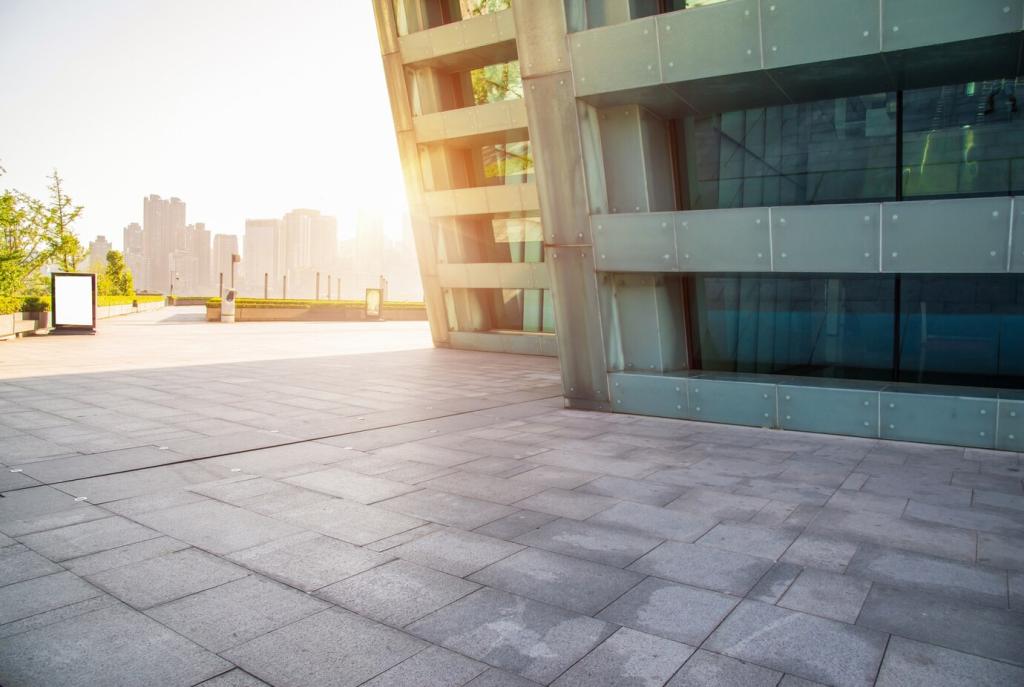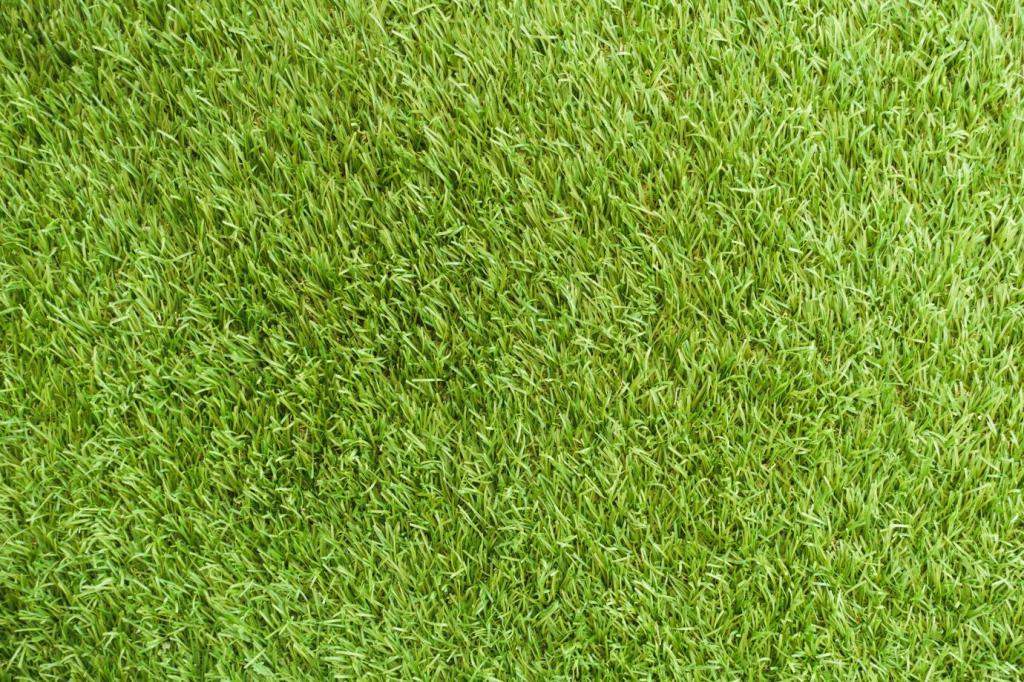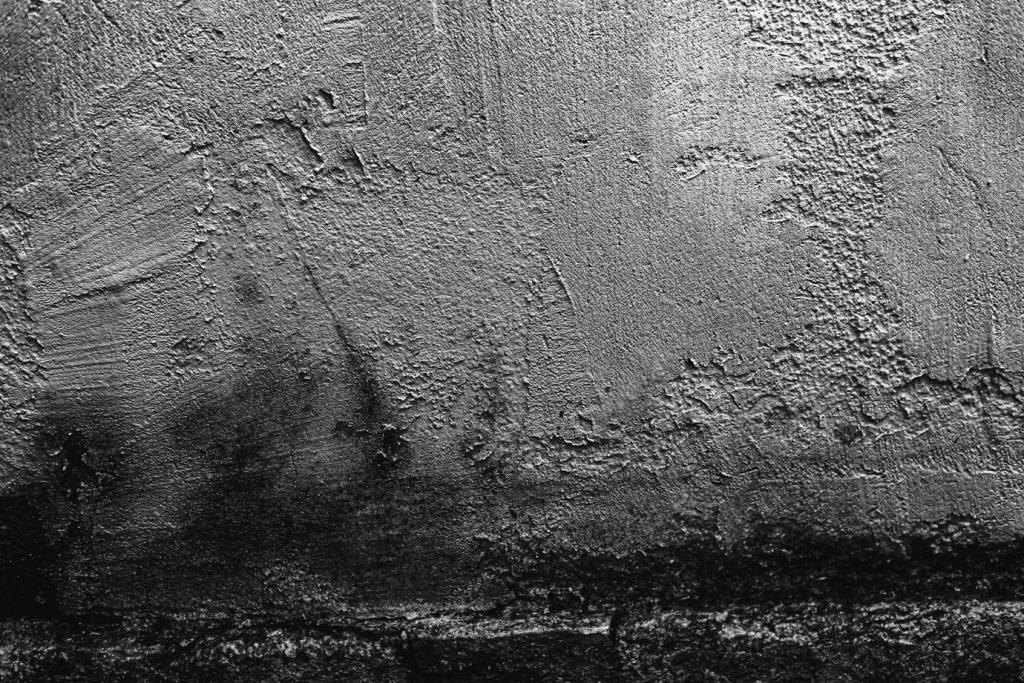Embodied Carbon and Lifecycle Impact
Materials like cellulose, cork, hemp, and wood fiber often carry lower embodied carbon than petrochemical foams. Consider Environmental Product Declarations and third-party certifications. It’s easier than ever to match a material to both your climate zone and your climate values.
Embodied Carbon and Lifecycle Impact
Think about what happens decades later. Can the insulation be reclaimed, recycled, or composted? Natural materials and recycled fibers often offer gentler end-of-life paths, keeping future landfills lighter while leaving your home’s next chapter cleaner and more adaptable.
Embodied Carbon and Lifecycle Impact
Shorter transport routes reduce emissions and support regional jobs. Ask suppliers where materials come from and how they’re processed. Sometimes the best sustainable choice is the one made closer to home, with a paper trail you can actually trace and trust.
Embodied Carbon and Lifecycle Impact
Lorem ipsum dolor sit amet, consectetur adipiscing elit. Ut elit tellus, luctus nec ullamcorper mattis, pulvinar dapibus leo.









